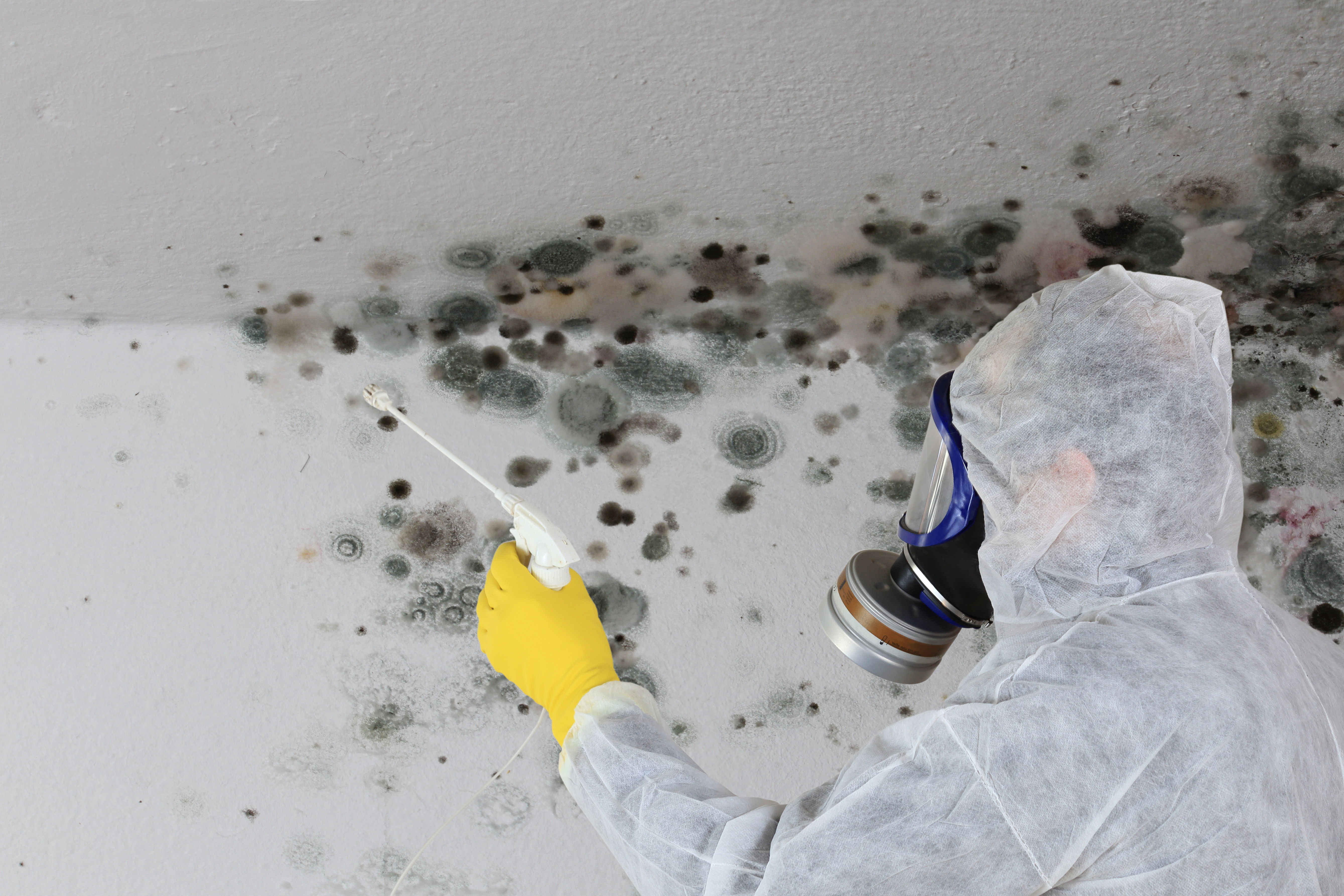Radon Mitigation

Radon reduction is an approach that minimizes degrees of radon in buildings and also water materials. This procedure includes reducing radon degrees in air and water products, and has a number of advantages. This method is extra efficient than a 'no-cost' alternative, as well as can help reduce environmental radioactivity. This kind of mitigation is recommended for occupied buildings as well as areas with high degrees of radon. Below are the benefits of this approach. To mitigate radon, a 4- to six-inch hole in the structure is called for. In some cases, a second pit is additionally needed. After that a fan is installed to create a vacuum under the slab. This type of air flow works for houses with high radon degrees. The final step in radon reduction is to install an air-to-air warmth exchanger. Some individuals go with a 'fan-only' strategy. Utilizing a'sub-membrane depressurization system' is a reliable radon mitigation approach. A sub-membrane depressurization pipe consists of a strengthened plastic lining that is laid over the soil in a cellar or storage.
An air vent pipeline and also fan combination are then connected to the sump pump. The fan is utilized to extract the radon. A 'perforated' liner is an efficient remedy for radon mitigation. Examining is a crucial part of radon remediation. House owners should test their residences for radon at the very least every two years or more. A 'post-mitigation' test can inform if the system is still working properly. The 'post-mitigation' process is an essential step in lowering radon levels. Nonetheless, this approach requires that the property owner supplies a copy of their reduction agreement. An additional choice for decreasing radon degrees is a 'passive' method. Passive air flow is effective in removing radon as well as increasing humidity, but the system can not reduce the radon level. It is as a result important to test a 'passive' radon mitigation plan' to make sure that the mitigation strategy works. 'Easy' systems are not really reliable. A 'passive' system can enhance radon degrees and reduce energy consumption.
A sub-slab depressurization system is the most efficient radon mitigation technique. This technique is a lot more expensive than passive reduction yet can minimize radon degrees by as high as 10 percent. Although a 'passive' system requires a top notch, efficient radon reduction remedy. It is vital to inspect a 'passive' radon decrease device before beginning job. While a passive technique could not be effective, it can be very useful if it is succeeded. A 'passive' radon mitigation system is an active radon decrease system. It can reduce radon degrees in a house by stopping them from getting to harmful levels. The degree of radon in the air inside the house must be the same. A 'passive' system will certainly not raise the interior humidity degrees. The passive radon testing exhausts will remain in the outside air. The pressure difference in your home is a good indicator of the 'passive' reduction technique.
Added details can be found in this webpage - https://en.wikipedia.org/wiki/Indoor_mold
